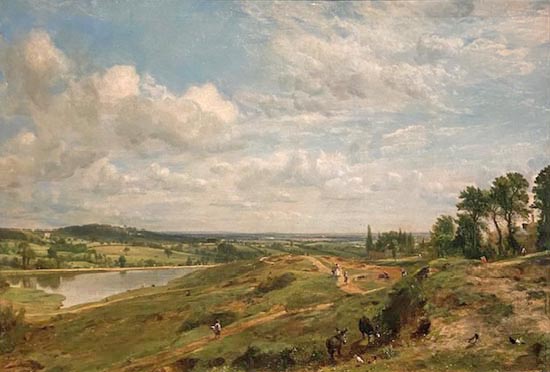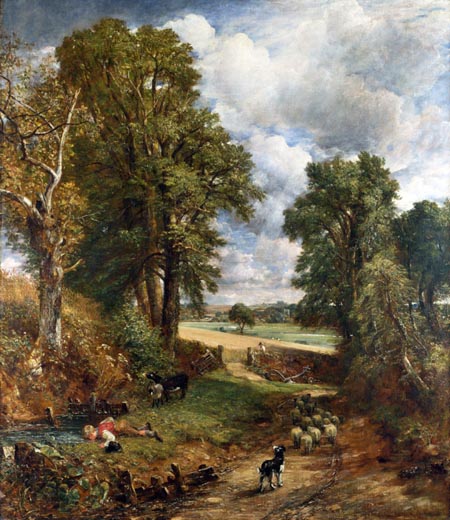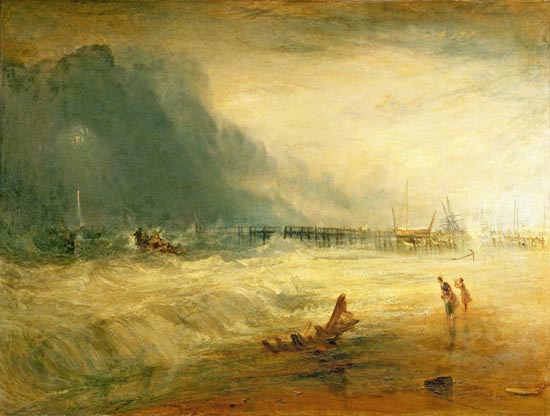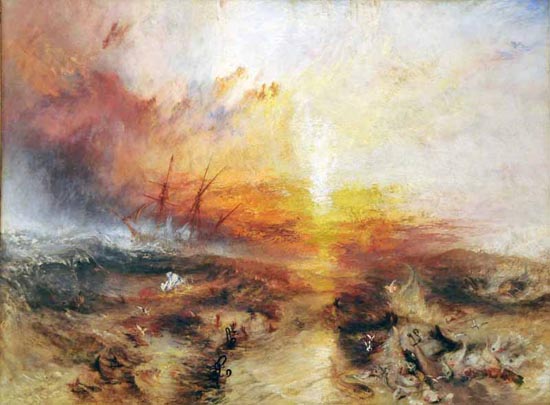
John Constable and Joseph Mallord William Turner were both English, contemporaries, and members of the Royal Academy of Arts.
I visited the Victoria and Albert museum in 2023 where I saw works by both Constable and Turner.
My introduction to these gentlemen was through a YouTube video, “Fake or Fortune Constable.”
This John Constable Sketch Could Be Worth £2,000,000 If It’s Real
In the video, a painting of Willy Lott’s Cottage, bought and sold twice by Philip Mould, is found to be a work created by John Constable. Mould’s previous attempts to prove the authenticity of the painting failed to convince experts. The paintings provenance, from the current owner all the way back to Constable’s estate, is established. Stylistic details, verified by Constable experts Annie Lyles and Sarah Cove, date the painting to the correct period.
John Constable (1776-1837)
John Constable was admitted into the Royal Academy of Art late in life. He is considered to be one of the greatest artists of the landscape genre from England. Constable is known for his extremely accurate focus on the sky. His skill and technique for clouds were so accurate that today’s meteorologists are able to identify the type of cloud and the associated weather of the English country side in his time.

by John Constable, 1821

by John Constable, 1826

Constable painted scenes of contemporary, rural life. His compositions reflect unity between people and their topography. Figures are often shown using the river for a mill, working with wooden tools, and/or with animals like horses. The serene and peaceful atmosphere in his works is created by his soft use of color.
Joseph Mallord William Turner (1775-1851)
John Constable had very few positive things to say about Joseph Turner. While Constable’s medium of choice was oil and he painted pastoral scenes, Turner’s paintings remind us of nature’s magnificence and our puniness. Turner’s paintings showed the violence of nature, God’s wrath, and the fallacies of hope. His work often translated literary sources to seascape paintings.

by JW Turner, 1831

by JW Turner, 1840
Turner’s talent was discovered when he was a very young man. He started his career as a water colorist, painting studies of nature “en plein air.” He was elected to the Royal Academy of Arts in 1799 at the age of 24; he obtained full membership in 1802 and was elected President of the Royal Academy in 1845.
Often, Turner’s work includes several layers of meaning. One of his most discussed works, “Slavers Throwing Overboard the Dead and the Dying – Typhoon Coming On,” generated massive amounts of discussion by academicians.
What was Turner conveying in this painting? Was he showing slave traders throwing human beings into the sea because they were diseased and dying? Was he showing God’s judgement on the miserable institution of slavery? This painting does have an apocalyptic quality; it hints that catastrophe/doom is coming.
Dr. Jimmie Franklin has told us there is no art without history.
“Slavers Throwing Overboard the Dead and the Dying” was completed in 1840. Although slavery had been abolished in England in 1834, the storm clouds for the United States’ Civil War were gathering force. Fierce debates were occurring between abolitionists and the slave-holding South about the immorality of slavery. Constitutional laws governing people of African descent were being written: the Dred Scott case was decided in 1857; the Civil War began on April 12, 1861.